UNDERSTANDING 3D PRINTING
What is Sand Binder Jetting?
The binder jetting process is a 3D printing / additive manufacturing process which uses two materials – a powder-based material and a binding material. In sand binder jetting, sand is bound using a polymer binding agent. The binder acts as an adhesive between each of the layers of sand. A print head deposits alternating layers of the build material – in this case sand – and the binding material. The object is self-supported within a powder bed and is removed from the unbound sand upon 3D printing completion.
How Does the 3D Printing Process Work?
Our 3D printing, binder jetting process is really quite simple (and rather exciting, if we do say so ourselves). You can learn more about our additive manufacturing process by clicking on this video. Follow along as this video documents the entire process – from design to print to pour – for the creation an engine block casting. Well, not just the engine block casting, but also the creation of the sand cores and molds that helped make it happen.
When Should You Use 3D Sand Printing?
Depending on factors such as part design, deadline and tooling availability, there are use cases for both our conventional manufacturing and 3D printing. Here are situations where 3D printing makes the most sense…
High Complexity
Smaller Sized Cores
High Tooling Cost
Assembly Required
Tight Deadline
Obsolete/Missing Tooling
New Design
Low, Medium and High Volume
3D sand printing allows for much more complex, intricate part designs. Because 3D printing involves building up a part layer by layer, voids and intricate details in the digital design file can easily be achieved. Additionally, in conventional manufacturing, the more the complex the part is, the more expensive it is due to scrap. That is not the case with 3D sand printing, as the price only increases when more material is needed. The more complex the core or mold, the better the case for additive manufacturing.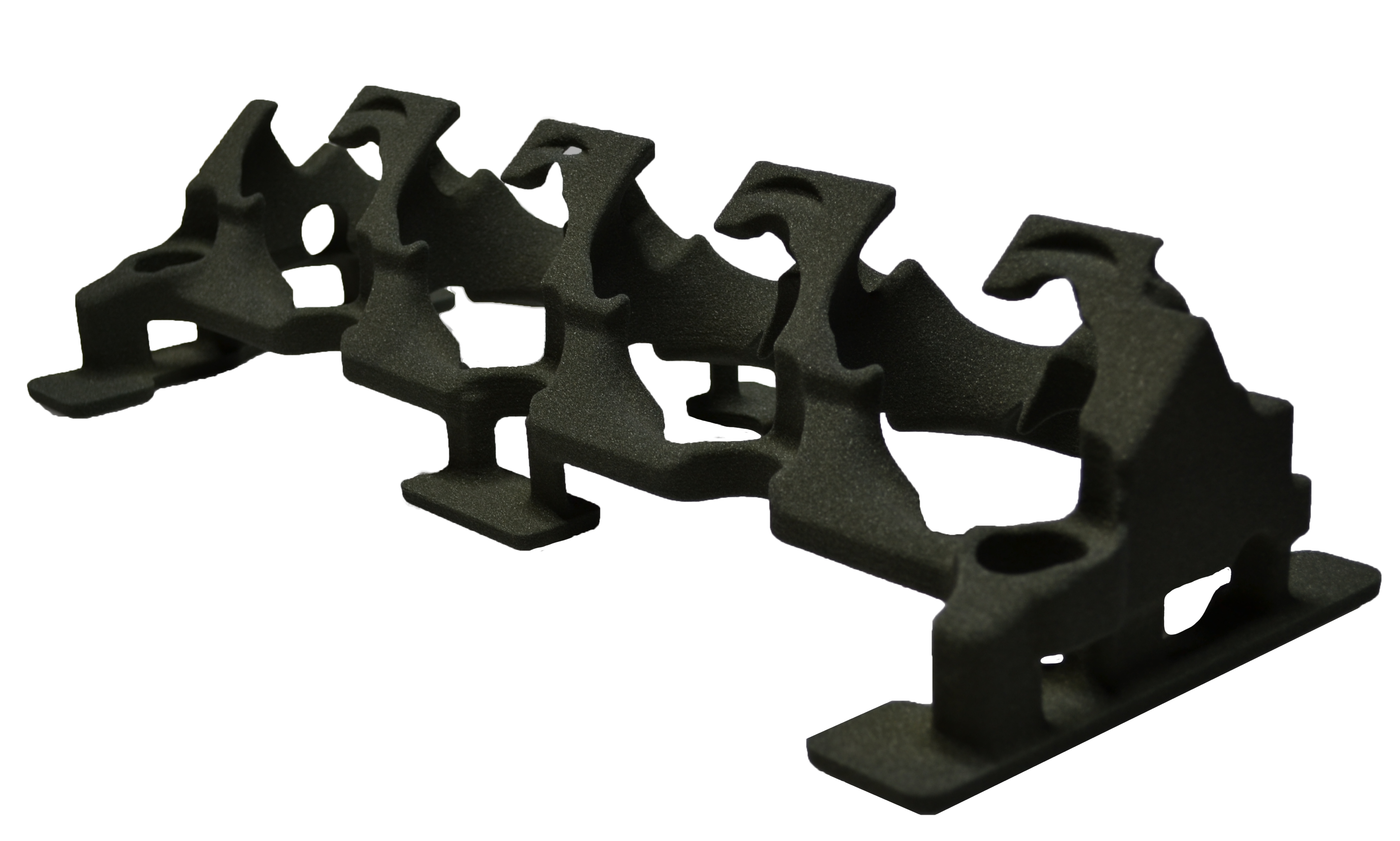
Regardless of the level of complexity, if your cores are about the size of a clenched fist (or smaller), then it is likely more cost-efficient to 3D print them than produce them conventionally. This is due to the high scrap attached to conventionally manufacturing small cores and the volume of small cores that can fit in one ExOne 3D printer build box (approximately 5,184 cores fist-sized cores).
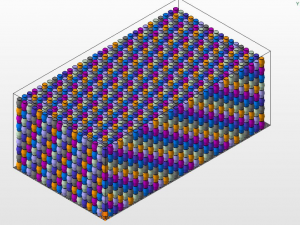
We can 3D print sand cores and molds without any tooling. Tooling costs money, adds lead time, limits revisions, gets lost and wears out. But we can 3D print without any tooling, saving a foundry major time and money. To print parts, all we need is a print ready digital file of the core or mold. If you can design it, we can print it. This means if you need to make a design change, it’s only an email away – no revised tooling required.
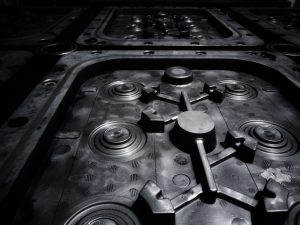
Any time a project requires several cores to be produced and then manually assembled, then 3D printing makes the most sense. If several cores are going to need to be manually assembled, we can take all of those separate cores and consolidate them into one 3D printed core. This eliminates all manual assembly, which thereby removes all gluing tolerances, increases accuracy of component placement, eliminates extensive skilled labor assembly hours, and produces a better casting with less scrap. Now that is a no brainer.
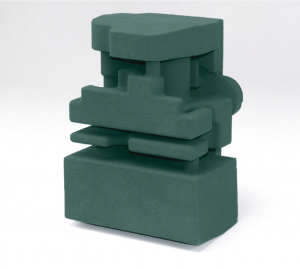
Speed is arguably the biggest advantage when it comes to 3D sand printing vs. conventional manufacturing. With the elimination of tooling creation, and with our full fleet of 3D sand printing machines working 24/7, we can turn lead times from weeks or months into days. All we need is a digital file to plug into the machine and away we go. These time savings turn into cost savings which turn into happy customers. If you are working with an expedited deadline, 3D sand printing is a no brainer.
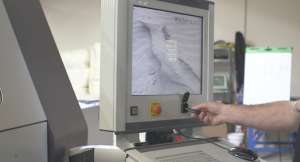
Lost or obsolete tooling – it’s an unfortunate yet inevitable situation that every foundry and OEM has likely experienced. And we know it’s not fun. Humtown started as a pattern shop back in 1959, so we know a thing or two about obsolete / lost tooling. Never worry about losing, breaking, misplacing or replacing tooling again with Humtown Additive’s toolingless 3D sand printing. All we need is a print ready file of the design of the core or mold, and we can 3D print it without the need for any tooling.
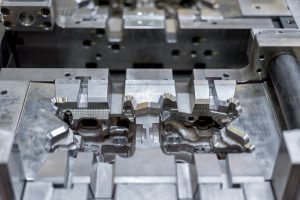
If you are working with a new design and want to turn a great idea into a successful part, then 3D sand printing is where you should start. It’s a quick, cost-effective way to prove out a process before investing in large scale production. Avoiding cutting any tooling, combined with revisions being just an email away, means that new designs should always start in our printers.
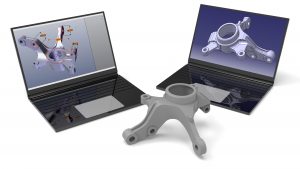
We have commercialized 3D sand printing, and we’re not just talking about small-batch or low-volume production. With the most 3D sand printers under one roof in North America, Humtown is uniquely equipped to fulfill small, medium and large-scale production. We are currently printing almost one railcar full of sand a week! If you would like more information on which manufacturing process makes sense for your part production, please contact us and we would love to talk through it with you.
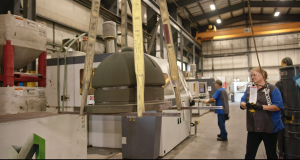
Who Could Benefit from 3D Sand Printing?
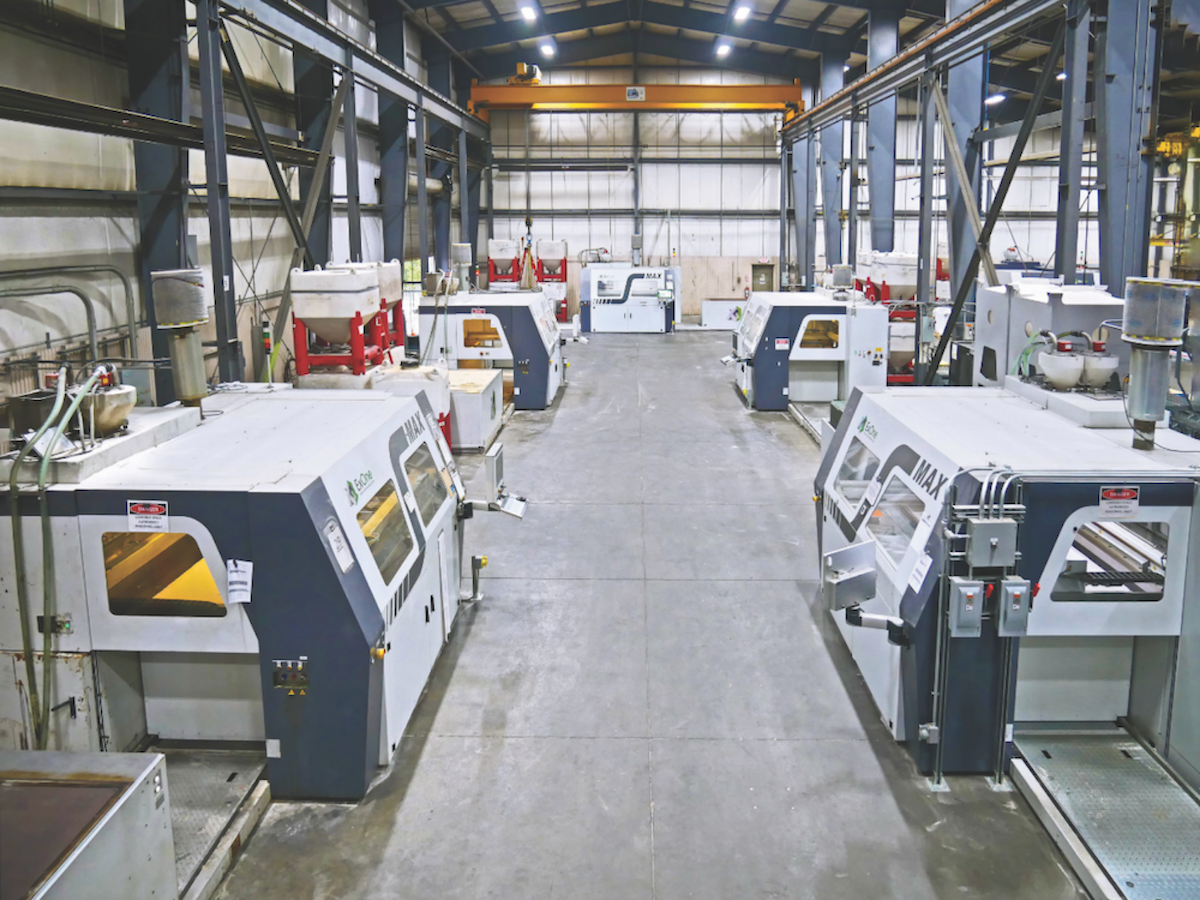
Humtown supplies 3D printed cores and molds to foundries all over the world to use in their pours. We have partnered with the foundries of OEMs in the automotive, aerospace, transportation, power generation, medical, construction and industrial equipment industries. If you are an OEM that is looking for the highest quality castings, then 3D printed cores and molds could be the right choice for you. If you are a foundry looking for complex, no-assembly, strong cores and molds, then 3D printed cores and molds are a great option.
Are you interested in a quote for 3D printed sand cores or molds? Drop your contact information and part specs & files below, and we will send you a quote as soon as we can. We look forward to serving you!
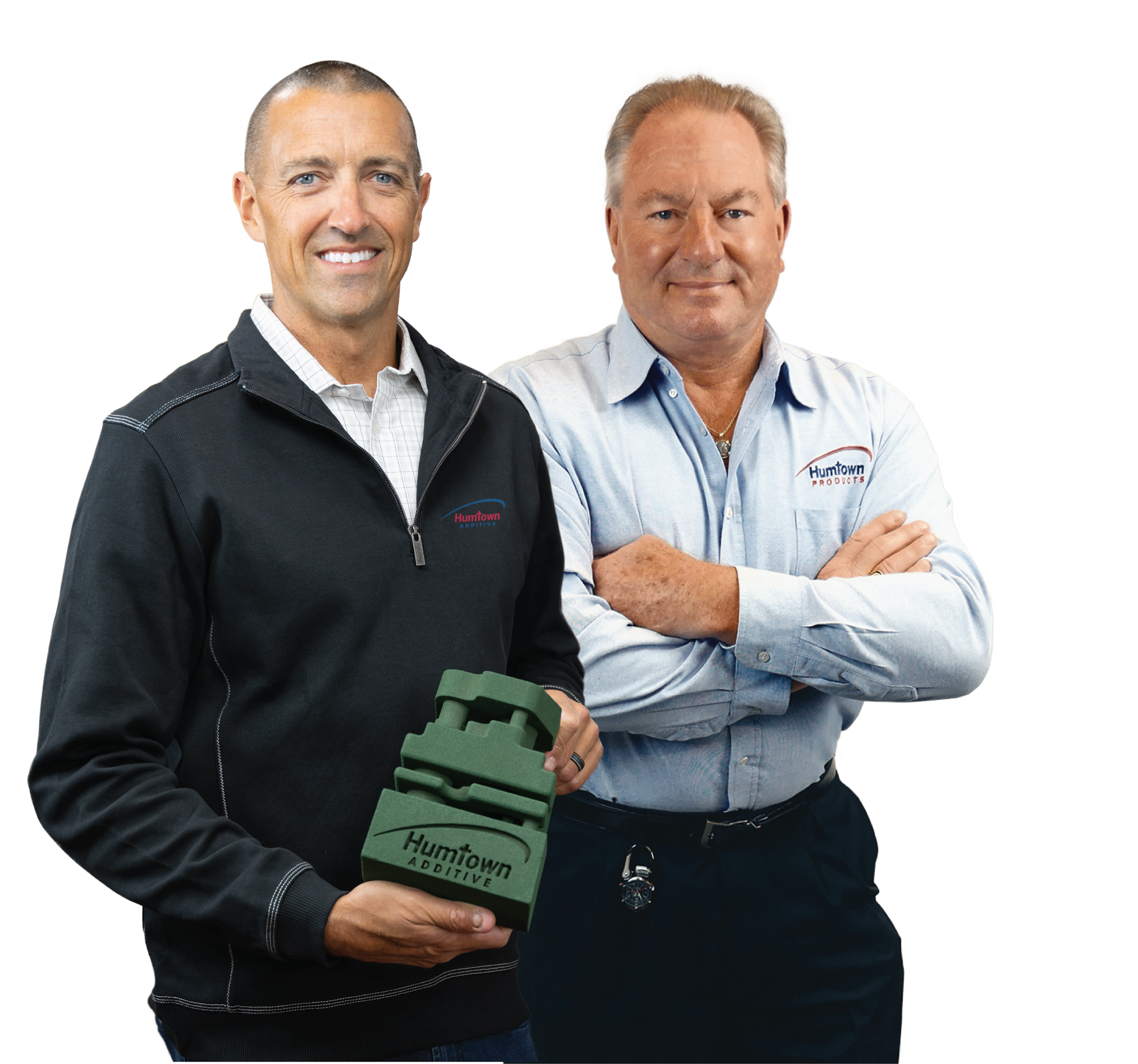
FREQUENTLY ASKED QUESTIONS
Trust us, we know that sand cores and molds can get complicated. Lucky for you, Brandon and CR are two of the best solutions providers in the business, and they have the answers to your questions. But to help you out, we have listed all of the most frequent questions (and answers) that we get asked on our FAQ page. And if you have a question that isn’t answered below, not a problem! You can ask your own question at the bottom of the page.
